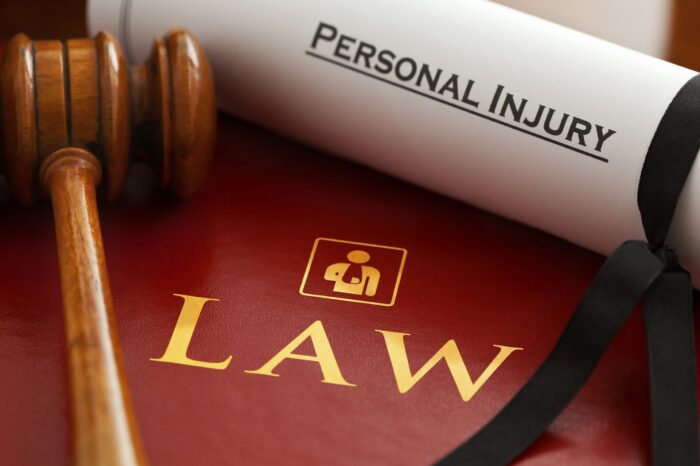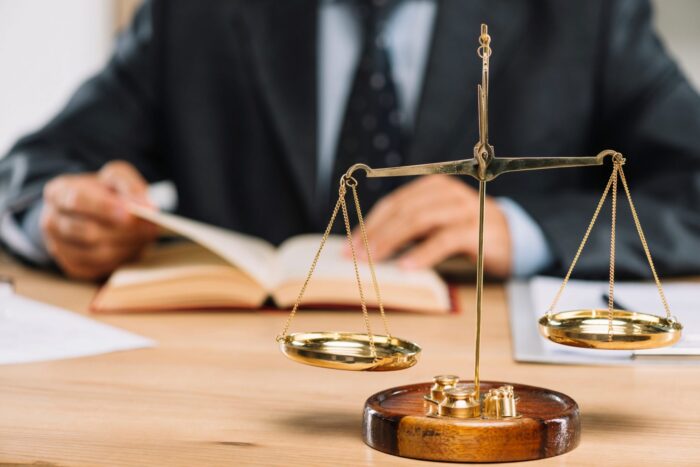
When it comes to personal injury cases, the legal landscape can be daunting. There are countless variables to consider, from understanding the nuances of the law to navigating the complexities of insurance claims. This blog post aims to provide you with the essential knowledge you need before pursuing legal action. Whether you’ve suffered a minor slip and fall or a life-altering accident, we’ve got you covered. Buckle up and let’s dive into the world of personal injury law together!
What is a Personal Injury Case?

A personal injury case arises when one person suffers harm due to the negligence, recklessness, or intentional misconduct of another party. These cases can involve various types of accidents, such as car crashes, medical malpractice, workplace injuries, and slip-and-fall incidents. The primary goal of personal injury law is to compensate the injured party for their losses and ensure they receive the care and support they need to recover.
Establishing Fault in a Personal Injury Case
- The Concept of Negligence
Negligence lies at the heart of most personal injury cases. It occurs when a person fails to exercise the level of care that a reasonably prudent individual would under similar circumstances. To prove negligence, the injured party (the plaintiff) must establish four key elements:
- Duty of care: The defendant had a legal obligation to act in a certain manner towards the plaintiff.
- Breach of duty: The defendant failed to fulfill their duty of care.
- Causation: The defendant’s breach of duty directly caused the plaintiff’s injury.
- Damages: The plaintiff suffered actual harm as a result of the defendant’s actions.
- Comparative and Contributory Negligence
In some cases, the injured party may also bear some responsibility for their injuries. The legal system accounts for this through two main concepts:
- Comparative negligence: This system apportions fault between the parties involved and reduces the plaintiff’s compensation accordingly. There are two types: pure comparative negligence, where the plaintiff can recover even if they are 99% at fault, and modified comparative negligence, where the plaintiff can only recover if they are less than 50% at fault.
- Contributory negligence: This system bars the plaintiff from recovering any compensation if they contributed to their injuries in any way. Only a few states follow this strict approach.
Insurance Claims and Settlements

- First-Party vs. Third-Party Claims
When it comes to insurance claims, there are two primary types:
First-party claims are made by the injured party with their own insurance company. Examples include no-fault car insurance claims and health insurance claims for medical expenses.
Third-party claims are made by the injured party against the at-fault party’s insurance company. This is the most common type of claim in personal injury cases.
- The Settlement Process
Before a personal injury case goes to trial, the parties involved often attempt to reach a settlement. This process typically involves negotiation between the plaintiff’s attorney and the defendant’s insurance company. A successful settlement can save both parties time and money, but it’s essential to consult with a knowledgeable attorney to ensure you receive fair compensation.
Statute of Limitations and Filing a Lawsuit
The statute of limitations is a legal time limit within which a person must file a personal injury lawsuit. This time frame varies depending on the state and type of injury. Missing this deadline can result in losing the right to pursue compensation, so it’s crucial to act swiftly and consult with an attorney as soon as possible after an injury.
Filing a Lawsuit

If negotiations fail or the statute of limitations is nearing, you may need to file a personal injury lawsuit. This process begins with the plaintiff’s attorney drafting and filing a complaint with the appropriate court. The complaint outlines the legal basis for the claim, the alleged negligence of the defendant, and the damages sought. The defendant then has an opportunity to respond to the allegations, and the case proceeds through various stages, such as discovery, motions, and potential trial.
Types of Damages in Personal Injury Cases
In a personal injury case, the plaintiff can seek various types of damages, which typically fall into two categories:
Economic Damages
These damages compensate the plaintiff for the financial losses they’ve incurred due to their injuries. Common economic damages include:
- Medical expenses: This covers the cost of hospital stays, surgeries, medication, physical therapy, and other medical treatments.
- Lost wages: This compensates for income lost due to the inability to work as a result of the injury.
- Loss of earning capacity: If the injury impacts the plaintiff’s ability to earn a living in the future, they may be entitled to compensation for this loss.
Non-Economic Damages
Non-economic damages compensate the plaintiff for the non-financial losses they’ve experienced as a result of the injury. Common non-economic damages include:
- Pain and suffering: This compensates for the physical pain and emotional distress caused by the injury.
- Loss of consortium: This covers the loss of companionship and affection experienced by the plaintiff’s spouse or partner as a result of the injury.
- Emotional distress: This compensates for the psychological impact of the injury, such as anxiety, depression, and post-traumatic stress disorder.
Working with a Personal Injury Attorney

Hiring a skilled personal injury attorney is crucial to ensuring you receive fair compensation for your injuries. A knowledgeable lawyer can guide you through the legal process, negotiate with insurance companies, and advocate for your best interests in court. When choosing an attorney, consider factors such as their experience, reputation, and communication style.
Conclusion
Navigating the complexities of a personal injury case can be challenging, but with the right knowledge and legal representation, you can confidently pursue the compensation you deserve. By understanding the basics of negligence, the insurance claims process, the statute of limitations, and the types of damages available, you’re better equipped to make informed decisions about your case. Remember, working with an experienced personal injury attorney is essential to protecting your rights and ensuring the best possible outcome for your case.











